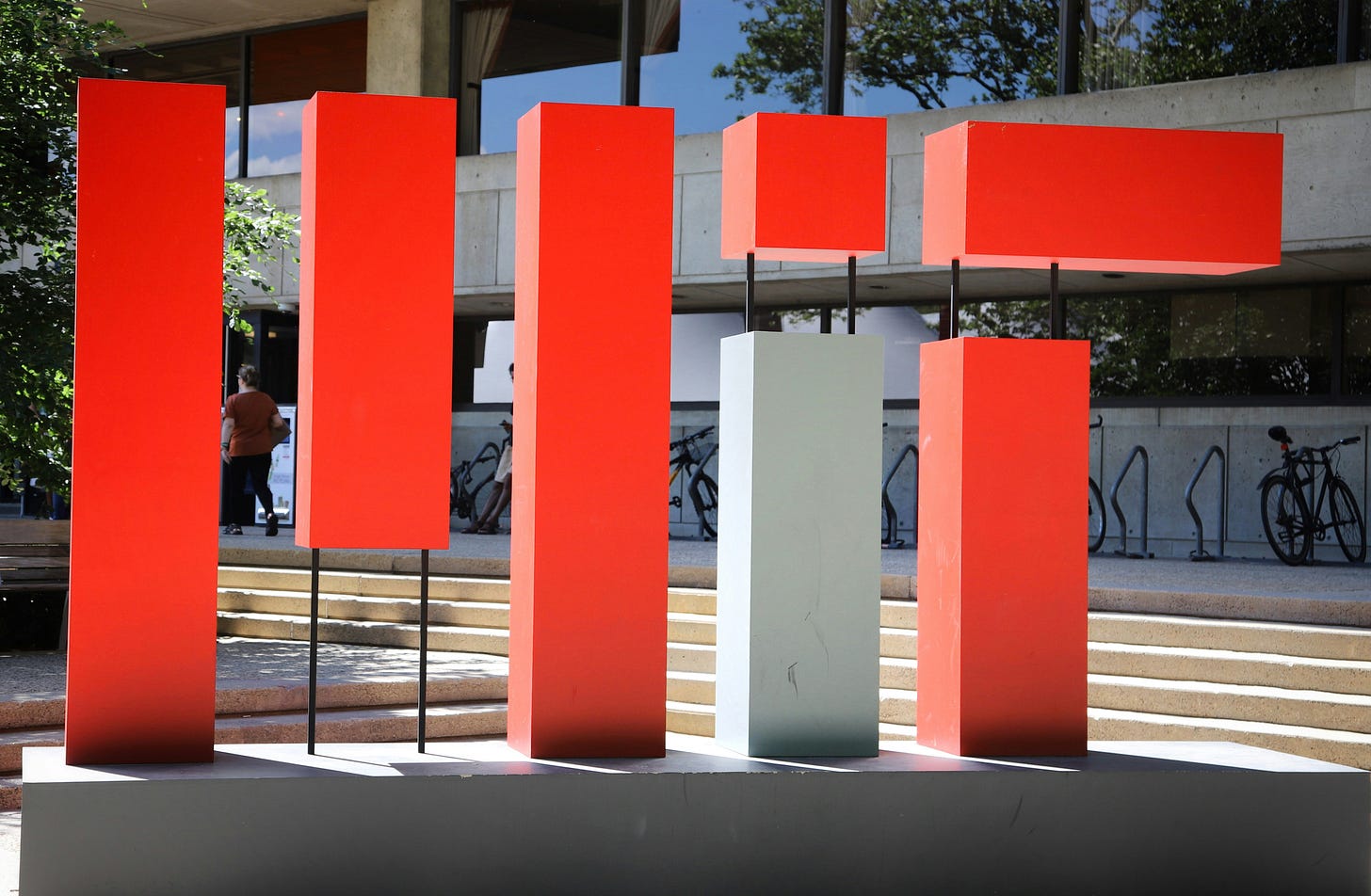Large university endowments encourage high tuition costs
The world is governed by non-intuitive second-order effects
MIT charges high tuition fees, in excess of $60k a year, not including housing or food. And MIT also provides tuition waivers for students with family income below $200k, a threshold that covers approximately 80% of US families. On the face of it, these two statements seem entirely at odds with each other. What’s the point of having such high tuition when most students don’t pay it? Why not just take the money allocated to tuition waivers and use it to lower tuition across the board?
I have no insight into the specific decision making at MIT, but I think I understand what’s happening. What seems nonsensical on the surface is a direct consequence of the complexities of university finances. MIT has one of the largest endowments of any private university in the US, in excess of $24 billion. So, you would think that they have plenty of money to cover their operations and keep tuition low. But, the problem with endowments is they usually come with strings attached. Endowments need to be used exactly as their donors intended. In particular, and without knowing the details, I bet MIT has a large amount of endowment money specifically to pay for tuition for students with financial needs. So MIT needs to charge tuition to be able to spend these dollars.
To understand how this situation arises, think of the perspective of a donor. Assume you’re a rich donor and you care about undergraduate education. You go to MIT and say “I want to donate $10 million towards your undergraduate program.” MIT comes back to you with two options: Either you can donate to MIT’s general fund, which means MIT can use your donation however it pleases, including building a new basketball stadium, or, you can donate to a fund that provides scholarships for students with financial needs. Which one would you pick? For most people this is a no-brainer. You donate to the scholarship fund. Unfortunately, with this choice, you have now implicitly voted for higher tuition costs at MIT.
Nearly all university endowments have strong constraints on how the funds can be used, and these constraints can lead to unforeseen second-order effects. A scholarship fund for students with financial needs wouldn’t make much sense at a university that wasn’t charging tuition. So the existence of the fund creates an incentive to charging or increasing tuition. And stipulations such as “for students with financial needs” create additional constraints. If a university has an endowment fund with such a stipulation, it can’t just give everybody a tuition waiver. It needs to charge full tuition to some students to be able to justify the waiver for others.
Note that I’m not saying tuition costs would fall dramatically if university endowments went away. Somebody has to pay the bills somehow, and for undergraduate education it is generally going to be a mix of the student body, the government, and donors. Fewer endowment dollars would inevitably result in higher average costs for either the students or the government or both.1 And, the students on the lower end of the income scale who receive tuition waivers do genuinely get a good deal. However, we need to be open-eyed about the incentives and constraints. When major private universities charge $60k or more a year in tuition, they may not primarily be thinking about how much they can squeeze out of their students. Their primary incentive may be to ensure they can fully take advantage of their endowment dollars.
It’s important to reason about the average here. If out of 100 students 80 pay nothing and 20 pay $60,000, then the average tuition cost is $12,000. If instead all students paid $15,000 that’d be a massive reduction in sticker price but actually a 25% higher tuition cost on average.


have you talked to anyone about this in the university finance department? i'm a little skeptical
Also, a much higher percentage of students at elite unis pay full board because... they tend to enroll urban rich students who meet the income thresholds!